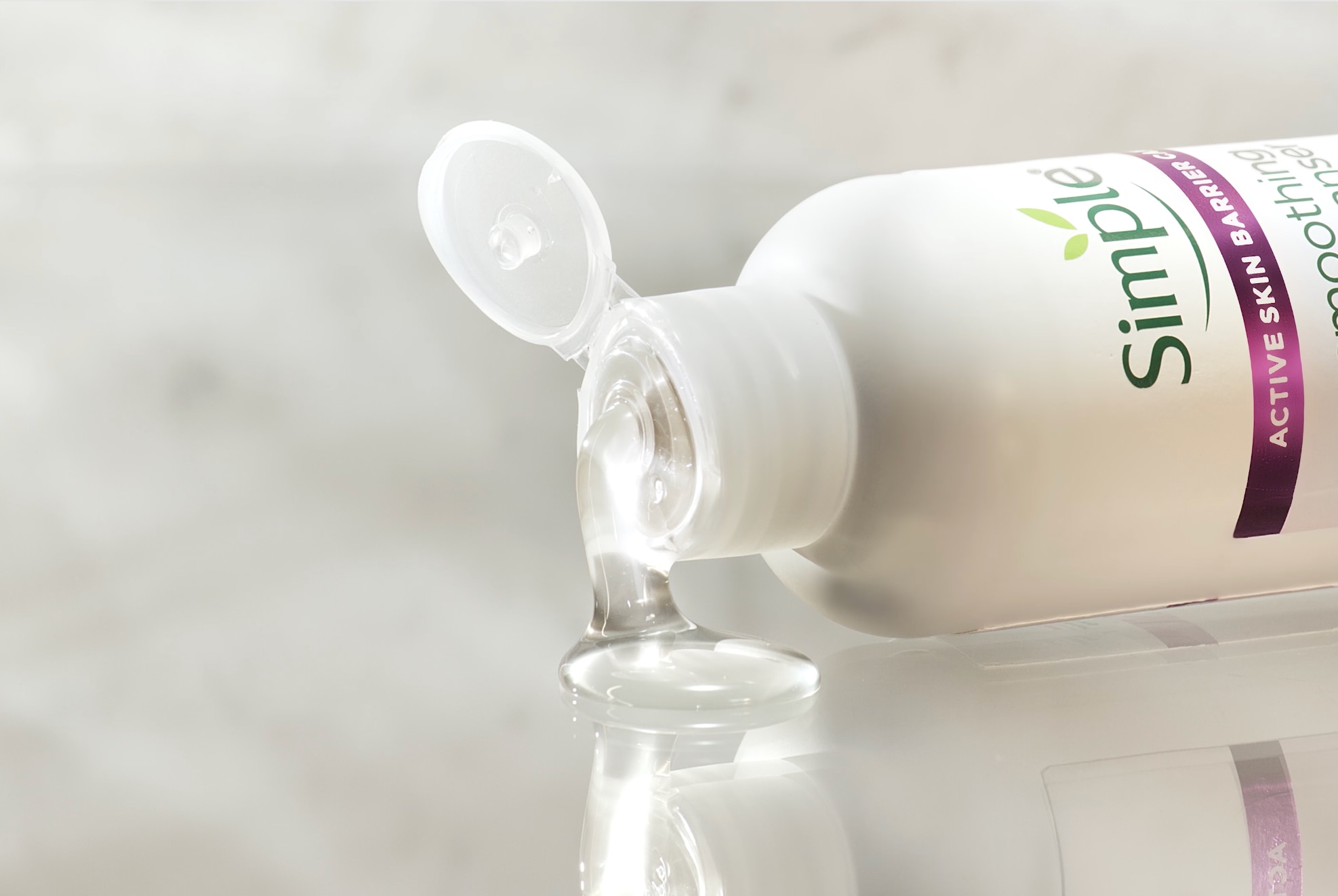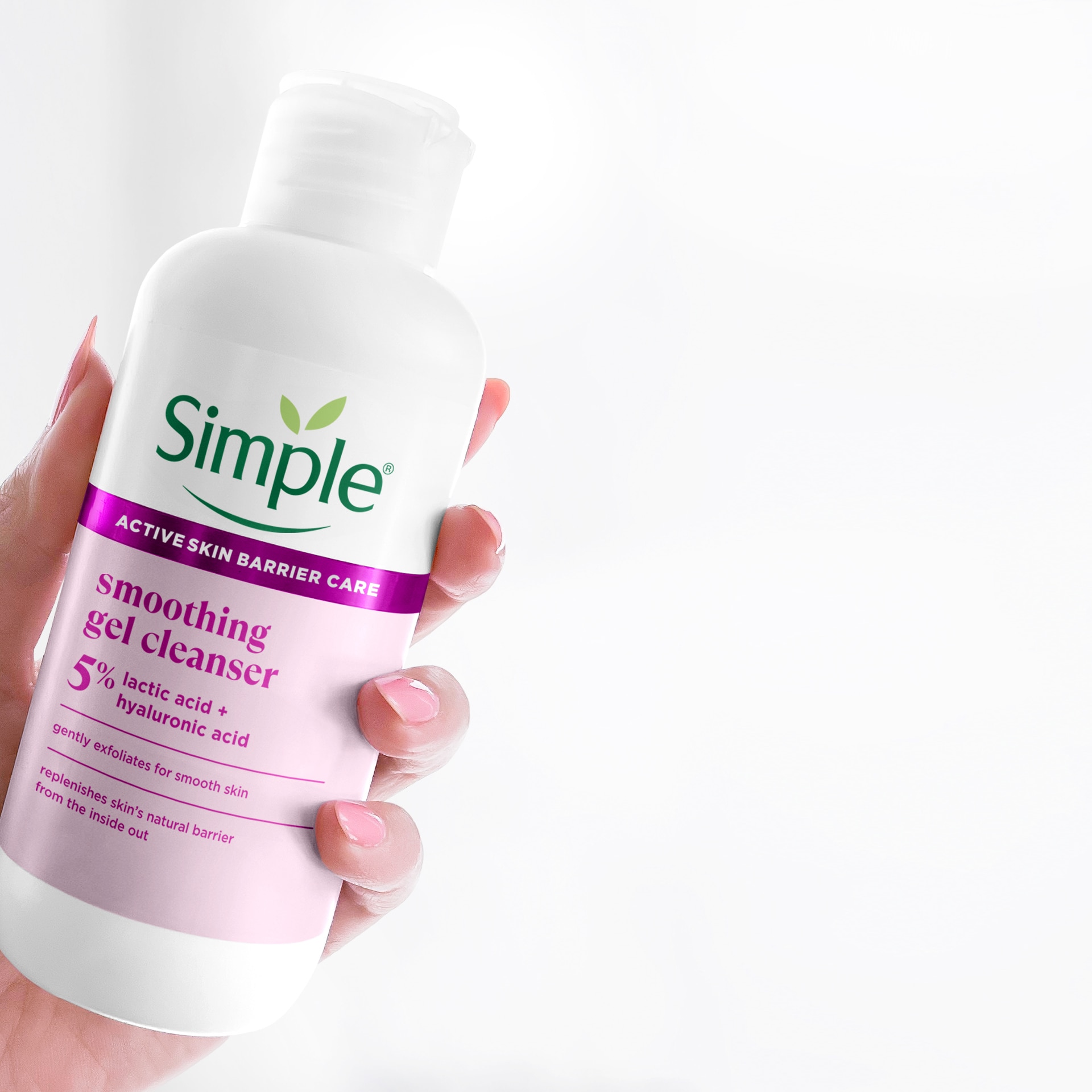Skip to:

The Lactic Acid Benefits You Need to Know
Lactic Acid is quickly becoming one of our favourite skincare ingredients.
But what does Lactic Acid do for skin and how do you use it? We’re here to tell you about all the reasons it’s worth adding to your routine.
Plus, introduce you to a new product with Lactic Acid we think you’re going to love...
What is Lactic Acid?
Lactic Acid is a type of Alpha Hydroxy Acid (AHA), similar to Glycolic Acid that occurs naturally in the body.
It’s one of the key chemicals that helps with energy production, but there are also some major Lactic Acid skin benefits when you apply it topically.
The Simple truth
We use Lactic Acid because it doesn't just exfoliate, it has a whole host of skin benefits - all while being gentle enough for sensitive skin.
What is Lactic Acid good for?
Now you know a little more about what this active ingredient is, let's take a look at some of the benefits of using Lactic Acid on your face.
1. Gentle exfoliation
Lactic Acid works by helping to loosen and remove dead skin cells, which is why it’s best known for its chemical exfoliant properties.
It’s considered to be one of the gentler acids, so (depending on the concentration and overall formula) it means all skin types can use it – even sensitive or dry skin.
Read up more on how Lactic Acid works to exfoliate skin here.
2. Fading sun spots
If you have sun spots, regularly exfoliating will reveal the fresher skin beneath and help fade their appearance.
Doing this in combination with using SPF and keeping your face out of the sun will help make them look less noticeable.
3. Improving skin’s appearance
Lactic Acid is a great all-rounder when it comes to how your skin looks and feels.
It gives you a brighter-looking complexion, smoother skin texture and softens the appearance of fine lines and wrinkles – all in one ingredient.
4. Enhances hydration
There’s a bit of a myth that all exfoliating ingredients dehydrate the skin, but actually, Lactic Acid is also a humectant. Which is possibly one of the reasons that it doesn’t irritate delicate skin.
Humectants act like moisture magnets, drawing water from the atmosphere to the surface of the skin.
It helps leave the skin looking plump and dewy, so it’s ideal if tackling dullness and dry skin are some of your skin goals.
5. Supports your skin barrier
Lactic Acid encourages skin to create Ceramides, the super important fatty acids that hold your skin barrier together.
It’s also thought to have antimicrobial properties, which means it can help keep skin-disrupting bacteria at bay.
It’s the perfect pairing to keep your skin barrier strong and healthy, reducing the risk of breakouts and infections.

Can you use Lactic Acid every day?
This depends on factors like the concentration of the ingredient, what it’s combined with and your skin type. But with all that said, as it’s a gentle ingredient, you can use it regularly.
A great way to incorporate Lactic Acid into your daily routine is with our new Active Skin Barrier Care Smoothing Gel Cleanser.
It’s enriched with 5% Lactic Acid, as well as replenishing ingredients like Hyaluronic Acid.
Created with skin barrier support in mind, it effectively cleanses away dirt, make up and more while resurfacing the skin. Leaving it looking more radiant, as well as feeling softer and smoother.
Like all Simple® products, it’s suitable for sensitive skin. It contains no colour, perfume or harsh chemicals and has been dermatologically tested.
That means it’s the perfect way to try out this trending active ingredient without worrying about the risk of side effects.

Do you put moisturiser over Lactic Acid?
Yes, we’d recommend after using our Smoothing Gel Cleanser that you follow it with a hydrating serum and moisturiser.
After cleansing and drying your skin, try smoothing on a few drops of 3% Hyaluronic Acid + Vitamin B5 Booster Serum.
Then, follow with a replenishing moisturiser like our velvety-soft Repairing Rich Cream. It contains 22% Ceramide Boosters and Cica to soothe skin and reach deeply through up to ten layers, stimulating the skin to produce its own barrier-restoring Ceramides.
It’s always important to protect skin from UV rays to prevent sun damage, even more so after using a chemical exfoliant. So, if we're talking about your daytime routine then reach for a moisturiser with SPF instead.
Looking for more skin care advice?
We hope you enjoyed reading up on the benefits of Lactic Acid and you’re excited to try using it for yourself as part of your skincare routine.
Want to take your skincare knowledge to the next level? We’ve got plenty of tips and more waiting for you over on our blog. Plus, you can learn more about skincare ingredients here.
Don’t forget to join us on our social channels for even more updates and advice - see you there!
-
Related Articles
- Slide One



